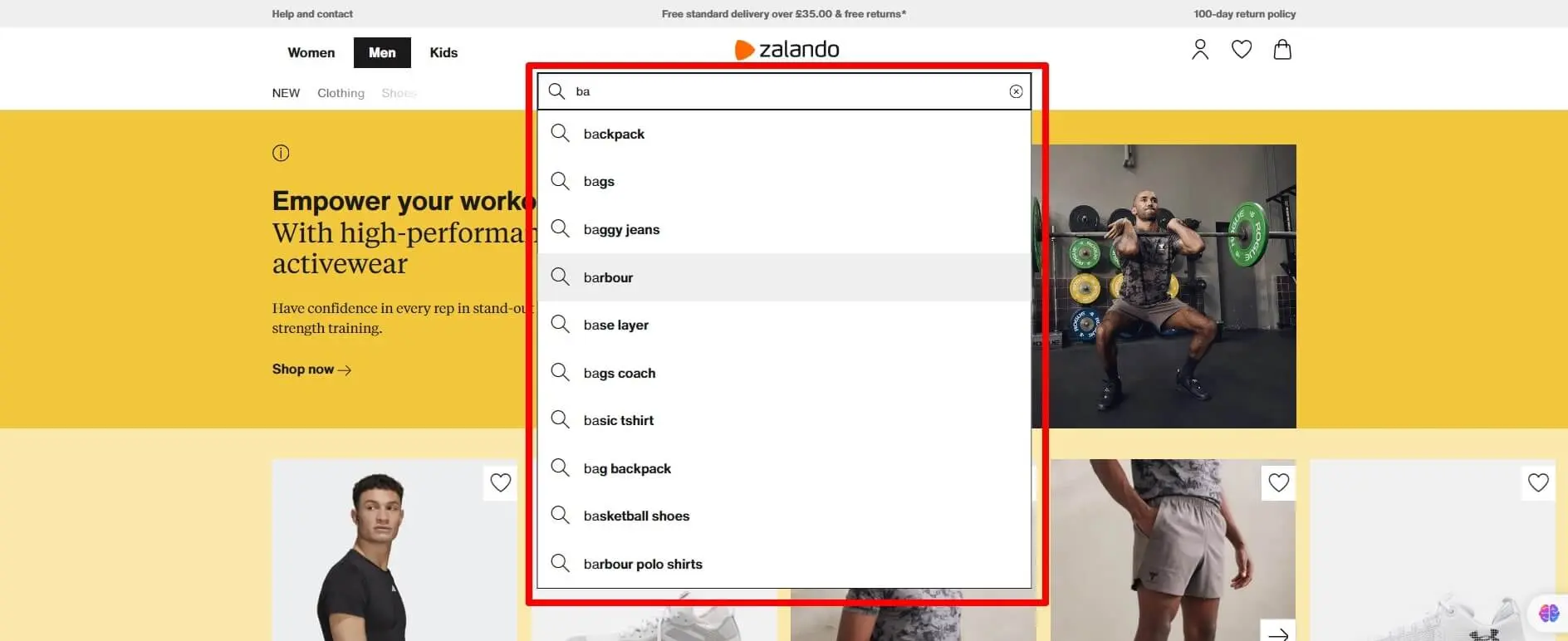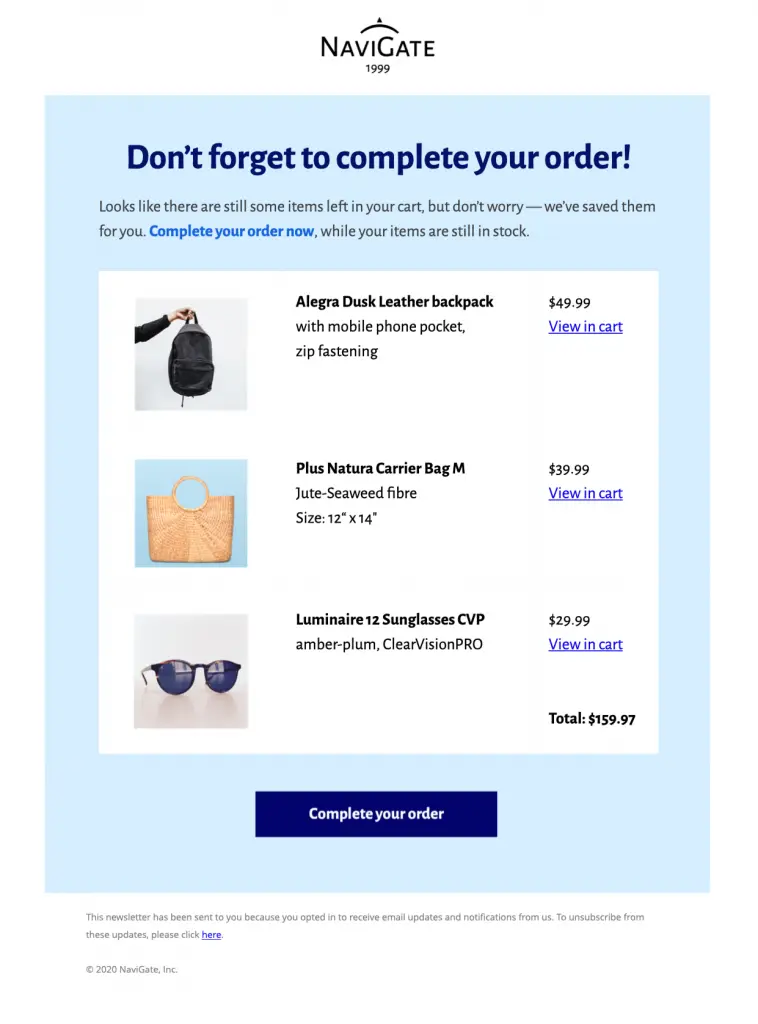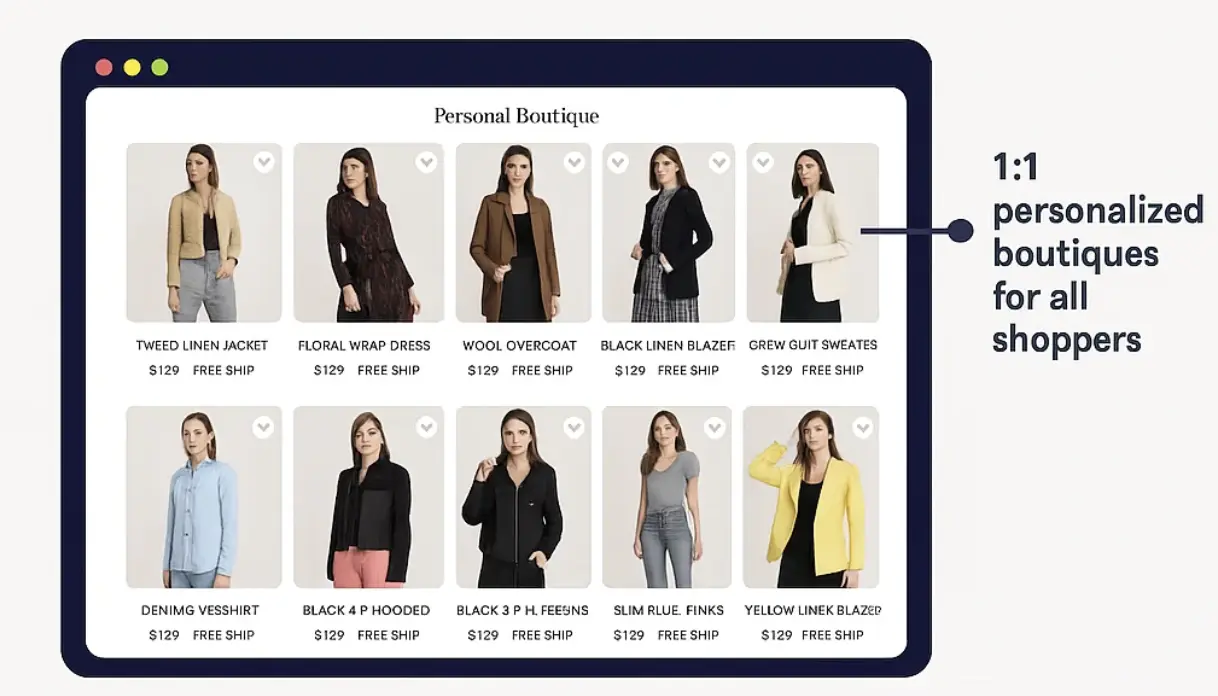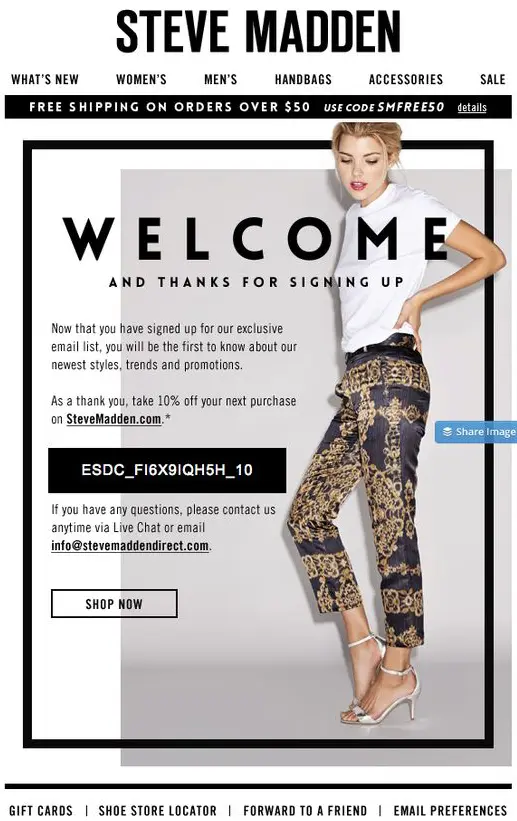Personalization has moved from a competitive advantage to a consumer expectation, particularly in the fashion industry, where identity and personal taste guide purchasing decisions; a one-size-fits-all approach simply doesn’t work.
Recent data shows that 91% of shoppers expect personalized experiences, and most will abandon brands that don’t deliver. So, while stunning product collections and beautiful brand imagery are essential, they’re just the starting point.
To turn browsers into buyers—and buyers into loyalists—you need a marketing strategy that follows the shopper journey at every touchpoint. Enter lifecycle marketing.
Lifecycle marketing focuses on delivering timely, relevant, and personalized communication at each customer journey stage—from awareness to loyalty. When done right, it doesn’t just increase conversions; it elevates the entire customer experience. Brands adopting this approach see up to 45% more website conversions and a 4X improvement in marketing ROI.
Let’s explore some core strategies that will help your fashion brand thrive with lifecycle marketing, powered by predictive personalization.
1. Know Thy Shopper: Build Unified Customer Profiles
The foundation of all effective lifecycle marketing is understanding your customer on a deep level. This starts with building a unified customer profile—a 360-degree view that brings together data from every interaction they’ve had with your brand.
Here’s what that looks like:
- Behavioral data: What pages do they visit? What products do they click, favorite, or add to their cart?
- Demographic data: Who are they? Age, gender, location, and other identity markers help tailor campaigns.
- Catalog data: What categories do they shop most? What brands, colors, or sizes do they prefer?
The challenge isn’t collecting this data—it’s connecting the dots. That’s where AI-driven platforms like Netcore come in. By analyzing these data points in real time, they build detailed profiles that continuously evolve, enabling you to anticipate customer needs and personalize the journey across channels.
Example: If a shopper consistently engages with floral maxi dresses and browses boho-style accessories, AI can recommend curated edits featuring these styles, even before the shopper asks.
2. If They Can’t Find It, They Can’t Buy It: Search That Converts
Shoppers who use search are 2- 3X more likely to convert. That’s because search indicates intent—they know what they’re looking for. But if the experience is clunky, generic, or irrelevant, they’ll leave.
That’s why personalized, AI-powered search is one of the highest-impact changes a fashion retailer can make.

What Makes Search Effective?
- Contextual understanding: Knowing the intent behind the query—e.g., searching “evening dress” in summer likely means something different than in winter.
- Behavioral affinity: Incorporating past interactions into results, like showing a returning customer items in their size or favorite color.
- Autosuggest: Speeding up the search with predictive prompts based on history and trending queries.
Netcore UNBXD takes this a step further with:
- Dynamic filters that adjust based on what a shopper is searching for
- Visual merchandising that aligns results with high-converting placements
- Search recommendations like “frequently bought with” or “trending in your size”
Example: A shopper types in “wedding guest dress.” Instead of a static grid, they’re shown “styles under $150,” “in your favorite brands,” or “popular fits based on your previous picks.”
Brands that deploy intelligent search have reported a 34% increase in AOV and a 25% growth in search-led conversions.
3. Recover the Almost Lost: Abandoned Cart & Browse Triggers
Cart and browse abandonment are universal issues in commerce, but represent your highest-intent shoppers. Lifecycle marketing uses targeted nudges to bring these users back before the moment passes.
How to Win Them Back:
- FOMO-inducing messages: Use stock alerts like “Only two left in your size!” or restock notifications.
- Cart abandonment emails: Sent within hours of leaving items behind, including product images and limited-time discounts.
- Browse abandonment triggers: Personalized emails based on product views, even if they never added anything to the cart.

Stat to Know: Browse abandonment emails have a 50.5% higher click-through rate and 80.9% higher open rates than standard promotional emails. They work because they’re timely, relevant, and behaviorally driven.
4. Be Predictive: Personalization That Anticipates Needs
This is where predictive personalization changes the game. Rather than reacting to shopper behavior, predictive models anticipate it, delivering the right message at the right time based on AI forecasts.
You can use this to:
- Segment customers by purchase likelihood, churn risk, product affinity, catalog affinity, and more
- Send dynamic emails and messages featuring personalized recommendations, discounts, or reminders.
- Plan launches or retargeting based on predictive scores
Example: You’re launching a new capsule collection of vegan leather jackets. With predictive personalization, you can identify which shoppers are most likely to be interested, based on their browsing behavior, past purchases, and similar customer patterns, and email them first.
This kind of targeted outreach isn’t just efficient, it’s effective. BigBasket, for example, saw a 157% lift in click-through rates using predictive personalization in their emails.
5. Mobile-First Mindset: Personalized App Push Notifications
Push notifications are a direct line to your most engaged audience, especially on mobile. But generic push messages get ignored, leading users to opt out.
Instead, use real-time, personalized push notifications based on behavioral signals.
Send messages like:
- “Hey [Name], the dress you loved is back in stock!”
- “New arrivals just dropped in your size and style preferences.”
- “Final hours: 20% off items in your wishlist.”
Timing is key. For example, if a shopper views coats twice a week, a prompt about a seasonal sale or “last chance” offer could be just the push they need.
6. Curate Every Visit: Personalized Web & App Screens
Think of your website or app as a digital storefront. A stylist might guide customers toward pieces that match their taste in a physical store. You can do the same online by curating personalized screens.

With lifecycle marketing, you can dynamically tailor:
- Homepages that reflect their interests or preferred categories in the form of beautiful, ready-to-browse widgets
- Product listings filtered to sizes, colors, or price points they prefer
- Cart page recommendations like “complete the look,” “bought also bought,” and “viewed also viewed.”
- Landing pages for special segments like VIP shoppers or seasonal buyers
Geo-location personalization also works, showing winter collections to cold-weather shoppers or tailoring promotions based on local events.
7. Turn Email Into a Storefront: Shoppable Emails
Emails don’t have to be sent to customers who are elsewhere to shop. Shoppable Emails allow shoppers to browse, interact, and even add to cart without leaving the inbox.
Here’s what the functionality looks like full-scale

You can:
- Embed product carousels for leisurely browsing
- Show live inventory updates.
- Let users customize product attributes (like size or color)
- Include interactive surveys or games to gather data and increase engagement.
The result? Lower bounce rates and faster conversions. These emails act as micro-experiences, not just messages.
Bonus: Use real-time behavior to trigger these emails, like sending a “new in your size” carousel after a site visit.
8. Create Loyalty with Lifecycle Triggers
Your most valuable customers are those who come back again and again. Lifecycle triggers help make that happen by nurturing shoppers at the right cadence.
Examples include:
- Welcome flows that introduce your brand and offer first-time perks
- New arrival alerts tailored to category or brand affinity
- Anniversary or birthday emails with exclusive offers
- Replenishment reminders for basics or consumables like socks or skincare

Each trigger keeps your brand top-of-mind and encourages continued engagement, helping increase CLTV (Customer Lifetime Value).
9. Optimize Everything: A/B Testing Personalization
No strategy is complete without optimization. A/B testing lets you refine your approach by testing variations of:
- Email subject lines
- Product recommendations
- Call-to-action (CTA) language
- Homepage layout
- Timing and frequency of messages
Example: Test whether your audience prefers “Trending Now” vs “Seasonal Picks.” Or see if showing high-margin items first impacts AOV.
Modern platforms like Netcore offer visual UIs to simplify testing even for non-technical teams. And because personalization is dynamic, continuous testing ensures you always put your best foot forward.
Final Stitch: Why Predictive Personalization Is the New Runway
Fashion is personal, and so is excellent marketing. Lifecycle marketing, powered by predictive personalization, ensures that every shopper feels seen, understood, and inspired at every stage of their journey.
The numbers speak for themselves:
- 91% of shoppers expect personalization
- Brands see up to 45% higher website conversions.
- Marketing ROI improves by 4X
This isn’t just about keeping up—it’s about leading the next wave of fashion retail.
Ready to Elevate Your Fashion Brand’s Marketing?
Discover how brands like Crocs, Vero Moda, and Forever New drive up to 42x ROI with predictive personalization and lifecycle marketing. [Book a demo] and see how Netcore’s AI-powered platform can help you create personalized journeys that convert, retain, and scale.
 Holiday Sales Are Won Now — Grab the 2025 Holiday Marketing Guide to Unlock More Revenue.
Holiday Sales Are Won Now — Grab the 2025 Holiday Marketing Guide to Unlock More Revenue. 












